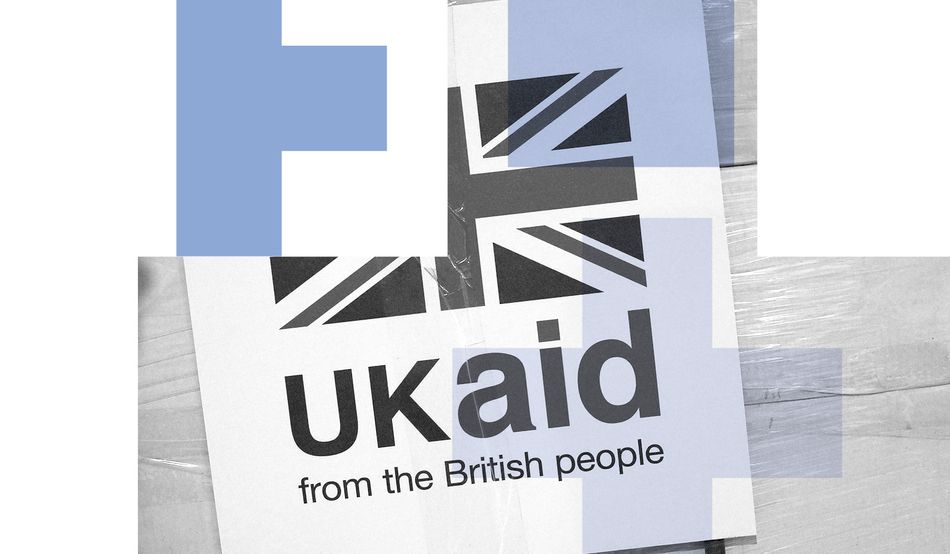The 40 per cent cut in the UK’s aid budget, from 0.5 to 0.3 per cent of national income, could hardly have come at a worse time. Over 300m people are in humanitarian need globally, the number is rising, and funds are being cut by many countries, notably the United States, which previously provided around 30 per cent of global aid. The aid system as we have known it is at a crossroads.
Overseas aid serves three overlapping but distinct purposes.
First is the direct mitigation of extreme poverty. In 1990, over a third of the world’s population lived in this condition. Today it’s under 10 per cent. That equates to around 700m people. The evidence base is strong, with clear returns on investment. The value for money is striking, for example, it costs the International Rescue Committee (IRC) around £3 to deliver a vaccine in East Africa. If aid doesn’t fill this gap, nothing else does.
Aid also supports economic and social development in poorer countries, which can help reduce poverty. This is the definition used for official development assistance (ODA), for which the United Nations set a 0.7 per cent target—met by only a few countries. Aid isn’t the most important component in development; governance, peace, and markets matter more. Remittances were worth over $800bn in 2023, compared to just over $200bn in ODA.
Finally, aid helps address global challenges like climate change adaptation, disease control and international peace and security. OECD analysis shows that around 60 per cent of bilateral aid in 2017–21, up from less than 40 per cent a decade earlier, went to these issues.
But whilst these challenges are essentially most dangerous for the poorest, spending on them is inversely related to poverty. The poorer a country, the weaker the state, the more complex the delivery and the less is spent.
The relationship between these purposes has shifted, mainly because the geography of poverty has changed. Thirty years ago, 80 per cent of the extreme poor lived in stable countries. Today, most live in fragile and conflict states; a figure the World Bank expects to rise to two-thirds by 2030.
Richer countries are also spending significant parts of their aid budget—in the UK’s case approaching one third in 2023—on support for refugees at home. Although this fell to 20 per cent in 2024, the 0.3 per cent of national income supposedly devoted to foreign aid is actually much less.
Thirty years ago, 80 per cent of the extreme poor lived in stable countries. Today, most live in fragile and conflict states
At the IRC, recent US aid cuts have already deprived two million clients of essential services. The Boston School of Public Health estimates that as of the end of May, around 100,000 adults and 200,000 children had died due to these cuts. That’s before the UK’s latest reductions even take effect.
Britain forsook the role of development “superpower” with the abolition of the Department for International Development (DfID) in 2020 and subsequent spending cuts.
There are three ways to mitigate further damage.
First, target aid on countries facing the sharpest convergence of conflict, climate shocks and poverty. The IRC’s latest report offers a roadmap for smarter, more impactful aid, focused on where needs are greatest. It urges donor countries to focus on the 13 countries most at risk from aid cuts—including Sudan, Yemen and Afghanistan—which host over a quarter of the world’s extreme poor but receive less than 10 per cent of global aid.
Second, modernise aid financing. Around half of the global aid budget flows through multilateral institutions like the UN and the World Bank, and the UK sits on many of the boards that administer these funds. It should champion innovative financing—such as climate insurance and humanitarian debt swaps—to bring in new funds.
Britain foresook the role of development ‘superpower’ with the abolition if DfID in 2020 and subsequent spending cuts
Finally, with fewer resources, the UK should double down on what works. The IRC outlines proven, cost-effective interventions that can stretch every pound. Simplified malnutrition treatment can cut costs by 30 per cent. Community health programmes—like those supported through initiatives like Gavi, the Vaccine Alliance—can offer a tenfold return on investment.
Cash assistance—one of the most rigorously evaluated tools in aid—boosts local economies and offers dignity and choice to recipients.
It is interesting that Denmark’s social democratic government is famous for restricting asylum. It should be better known for upholding its 0.7 per cent of national income aid commitment. This is a strategic investment as well as a moral pledge.













